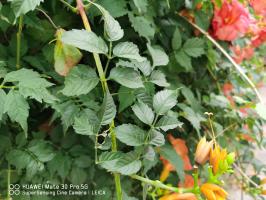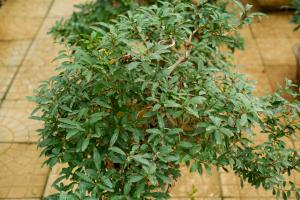Can You Line Plant Pots with Kitty Litter?
When it comes to gardening, there are plenty of tips and tricks that can help you grow healthy, strong plants. One of the latest trends is using kitty litter as a pot lining material. But is this really a good idea? Let's take a closer look at whether you should line your plant pots with kitty litter.
The Pros of Using Kitty Litter as a Pot Lining Material
One of the biggest advantages of using kitty litter in your plant pots is that it can help absorb excess moisture from the soil. This can help prevent root rot and other water-related issues, which can be a major problem for plants grown in containers. Additionally, many types of kitty litter are made from natural materials that can help improve soil drainage, which can further enhance the health of your plants.
Another potential benefit of using kitty litter is that it can help reduce the weight of your plant pots, making them easier to maneuver and move around your garden or home. This can be especially helpful if you have large or heavier containers that you need to move frequently.
The Cons of Using Kitty Litter as a Pot Lining Material
While there are certainly some advantages to using kitty litter as a pot lining material, there are also some downsides that you should be aware of. One potential issue is that some types of kitty litter may contain chemicals or other substances that can be harmful to your plants. This can be especially true if you are using a clumping or scented litter, which may contain additives or fragrances that can be toxic to your greenery.
Another drawback of using kitty litter is that it may not be very attractive or aesthetic. While some types of litter may blend in with your soil and plants, others may be more visible and become an eyesore in your garden or home.
Alternatives to Kitty Litter for Pot Lining
If you're not sold on the idea of using kitty litter to line your plant pots, there are plenty of alternative materials that you can consider. One great option is coconut coir, which is made from the husks of coconut shells and can help improve soil drainage and moisture absorption. Other options include peat moss, vermiculite, and perlite, all of which can help enhance plant health and protect against water damage.
Conclusion
So, can you line plant pots with kitty litter? The short answer is that it depends on your situation and preferences. While there are certainly some benefits to using kitty litter as a pot lining material, there are also some drawbacks that you should consider. If you're not comfortable using litter in your garden, there are plenty of other materials that can provide similar benefits and protection for your plants.
Ultimately, the most important thing is to choose materials that are safe, effective, and compatible with your plant species and growing conditions. Whether you decide to use kitty litter, coconut coir, or another pot lining material, be sure to do your research and choose wisely to ensure the best possible outcomes for your garden.

 how many times do yo...
how many times do yo... how many planted tre...
how many planted tre... how many pine trees ...
how many pine trees ... how many pecan trees...
how many pecan trees... how many plants comp...
how many plants comp... how many plants can ...
how many plants can ... how many plants and ...
how many plants and ... how many pepper plan...
how many pepper plan...





























